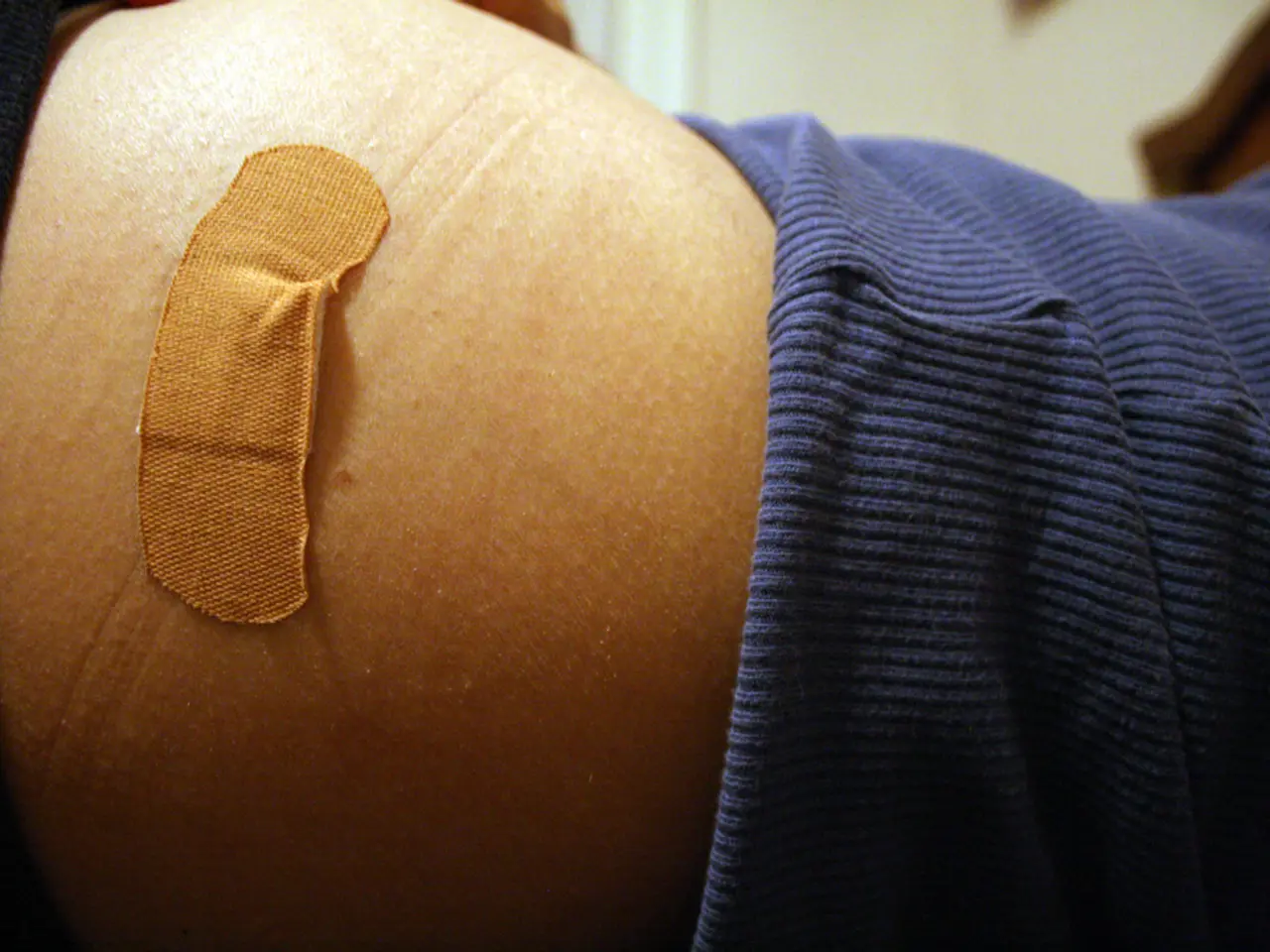Effectiveness of No Contact Depends on This Crucial Action!
Article: Navigating No Contact: Understanding Attachment Styles and the Power of Communication
In the realm of relationships, the concept of "no contact" has gained popularity as a means to heal and transform emotional patterns. One such free training, "The Courageous Communicator," introduces the HIP Formula, a powerful tool that can help shift energetic patterns that sabotage relationships.
The HIP Communication Formula, comprising Heal Your Conflict Blueprints, Inspire Devotion, and Practice Emotional Intimacy, can be a game-changer for those seeking healthier, more fulfilling connections. However, it's important to remember that the effectiveness of "no contact" varies depending on one's adult attachment style.
Secure attachment individuals, who typically handle separation well, can use this time to reflect calmly and heal. They employ "no contact" as a healthy boundary and growth opportunity without excessive distress. On the other hand, those with anxious attachment often struggle, as they fear abandonment and have a strong desire for closeness. Cutting off communication can trigger intense anxiety, rumination, and yearning. However, sustained no contact can eventually help promote healthy detachment.
Avoidant individuals, such as those with dismissive-avoidant attachment, may find no contact more natural, as it aligns with their comfort in emotional distance. However, they may use no contact to suppress feelings or avoid dealing with emotional growth, leading to potential delays in processing emotions fully.
Individuals with fearful-avoidant (disorganized) attachment may find no contact particularly confusing, triggering conflicted feelings. It can be an opportunity for growth amid confusion, but often involves emotional turmoil as they struggle to balance opposing needs.
In summary, no contact reduces emotional triggers and allows space for healing across all attachment styles, but its ease and effectiveness vary. By understanding one's attachment style, individuals can tailor expectations and strategies during this period, making the most of the space created by no contact to heal, grow, and ultimately transform their relationships.
Remember, the effectiveness of no contact is not about waiting, crossing fingers, or performing emotional gymnastics to make someone miss you. Instead, it's about using the space to heal the nervous system, reframe conflict patterns, and communicate from emotional clarity.
The free training, "The Courageous Communicator," provides a roadmap to express needs without guilt, chasing, or emotional shutdown. It offers tools to regulate the nervous system in high-stakes moments, turn silence into self-trust, and turn disconnection into lasting, soul-centered intimacy.
Ultimately, the real timeline for secure love is not about rushing. It's about becoming the version of oneself that naturally attracts and sustains secure love—one that embodies personal power, emotional regulation, and freedom from obsession.
[1] John Bowlby and Mary Ainsworth's Attachment Theory [2] Susan Johnson's Emotionally Focused Therapy (EFT) [3] Allan Schore's Affect Regulation and the Origin of the Self [4] Daniel Siegel's Interpersonal Neurobiology (IPNB)
- Art can be a powerful form of self-expression and healing, helping individuals navigate their emotional patterns in relationships during the no contact period.
- Trust in oneself and one's abilities is essential for effectively applying the HIP Communication Formula in relationships, fostering confidence in expressing needs and desires.
- The understanding of different adult attachment styles, such as secure, anxious, avoidant, and fearful-avoidant, can be invaluable in determining the optimal strategies for connecting and growing during no contact.
- Education and self-development resources like John Bowlby and Mary Ainsworth's Attachment Theory, Susan Johnson's Emotionally Focused Therapy (EFT), Allan Schore's Affect Regulation and the Origin of the Self, and Daniel Siegel's Interpersonal Neurobiology (IPNB) can provide valuable insights into the dynamics of attachment and communication in relationships.
- Maintaining boundaries is crucial for healthy growth during no contact, ensuring that both parties respect each other's space and avoid unwanted emotional entanglements.
- Personal growth is a continuous process, and using no contact as an opportunity for emotional reflection and learning can contribute to the development of a lifestyle centered on secure connections and intimacy.
- Communication plays a significant role in the success of no contact, as it helps individuals process their emotions, express their needs, and build trust and understanding in their relationships.
- Play, as a means of emotional release and connection, can be a valuable tool for individuals navigating no contact, helping to foster intimacy and build strengthened relationships grounded in emotional security and growth.




